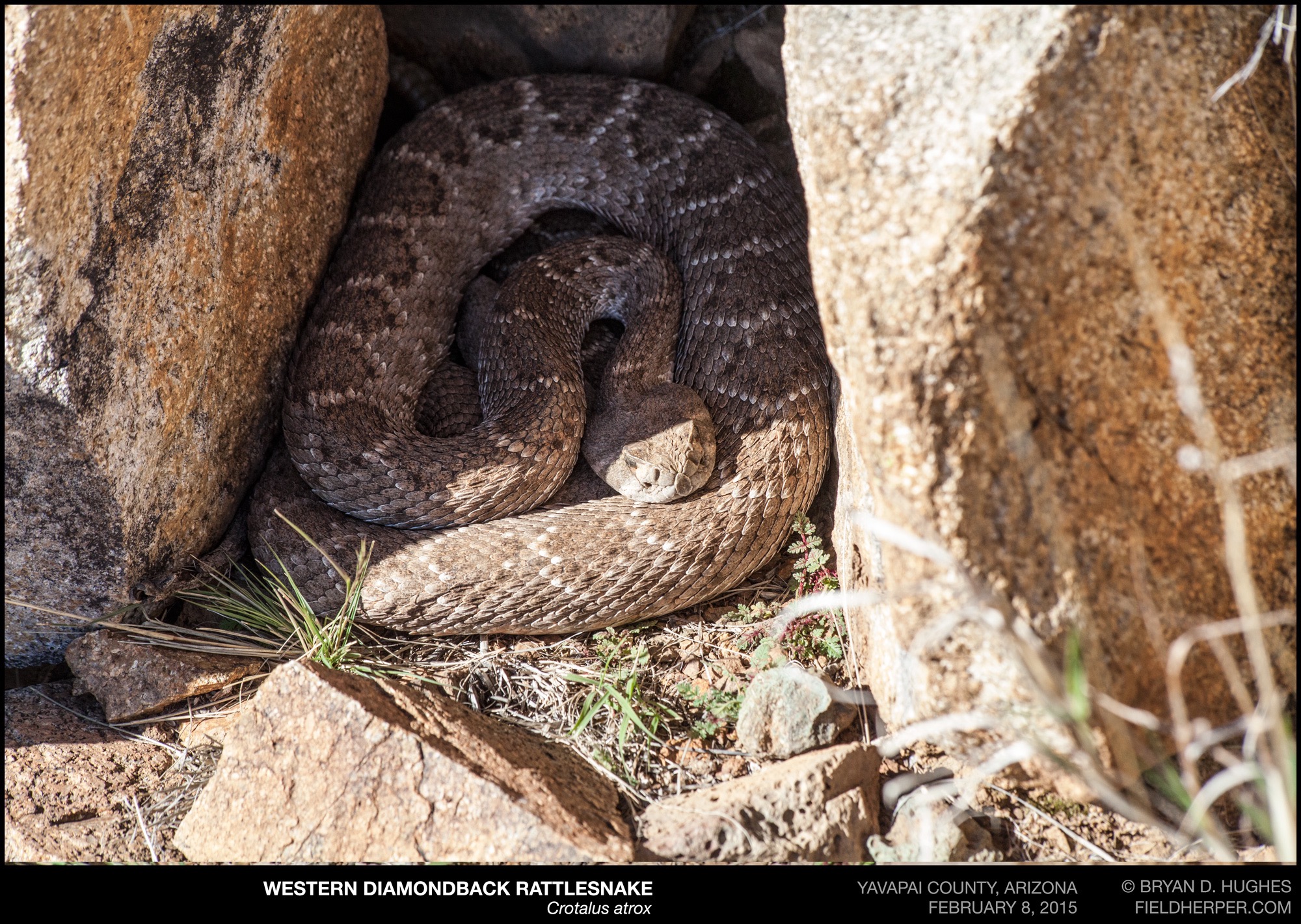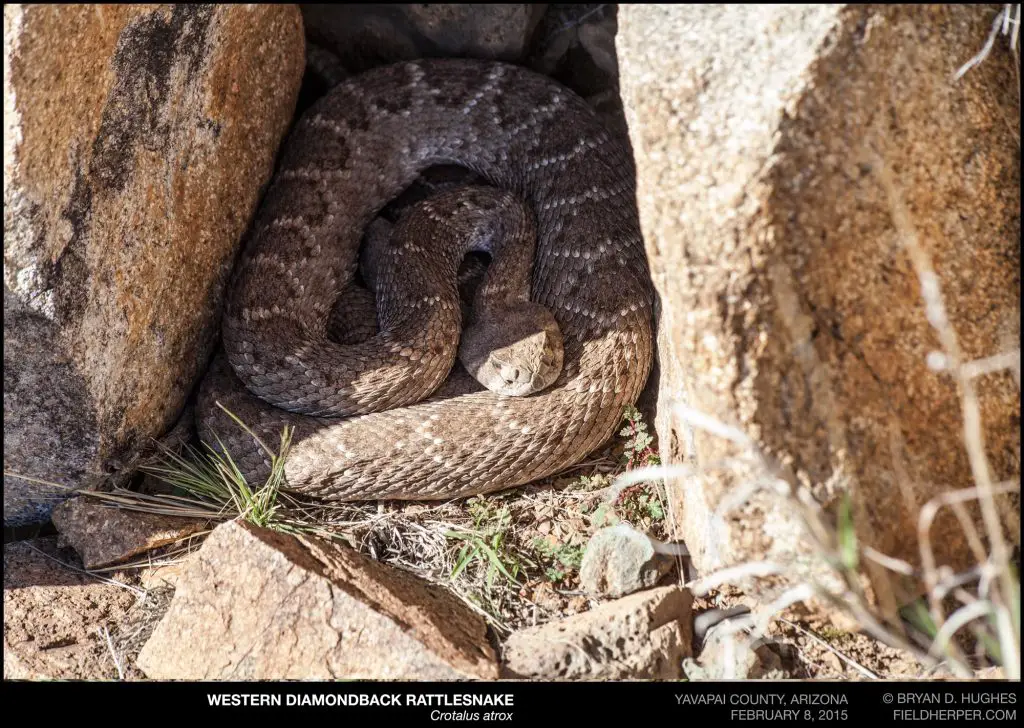Rattlesnakes are one of the most feared creatures in the wild, with their venomous bite and iconic rattle. But have you ever wondered if these slithering reptiles hibernate? Many animals hibernate during the winter months, and rattlesnakes are no exception. In this article, we will explore the fascinating world of rattlesnake hibernation and learn more about these elusive creatures. So, let’s dive in and discover the truth about rattlesnake hibernation!
Yes, rattlesnakes hibernate during the winter months. They typically begin hibernating in October or November, and emerge from their dens in March or April. During hibernation, their metabolic rate slows down, and they do not eat or move around much.

Do Rattlesnakes Hibernate?
Rattlesnakes are one of the most fascinating creatures that inhabit the world. These venomous snakes are known for their rattling sound that warns potential predators or prey. However, one question that often arises is whether these snakes hibernate or not. In this article, we will explore this topic in detail.
What is Hibernation?
Hibernation is a state of inactivity that certain animals go into during the winter months. It is a survival mechanism that allows animals to conserve energy and survive through the harsh winter months. During hibernation, the body temperature of the animal drops, and its metabolic rate slows down. This helps the animal to conserve energy and survive with limited food and water.
Do Rattlesnakes Hibernate?
The answer to this question is not a straightforward yes or no. Rattlesnakes are cold-blooded creatures, which means that their body temperature is dependent on the temperature of their environment. As the temperature drops during the winter months, rattlesnakes become less active and spend most of their time in their dens.
However, rattlesnakes do not go into a state of true hibernation. Instead, they enter a state of brumation. Brumation is a state of inactivity that is similar to hibernation. During brumation, the metabolic rate of the snake slows down, and it becomes less active.
Where do Rattlesnakes go during Brumation?
Rattlesnakes typically spend the winter months in their dens. These dens are usually located in rocky crevices or underground burrows. Rattlesnakes will often hibernate in groups, with several snakes sharing the same den.
How do Rattlesnakes prepare for Brumation?
Before entering into brumation, rattlesnakes will typically feed heavily to build up their fat reserves. This is because they will not eat during the winter months. Rattlesnakes will also seek out a suitable den to spend the winter in. They will often hibernate in the same den year after year.
What are the Benefits of Brumation for Rattlesnakes?
Brumation is a survival mechanism that allows rattlesnakes to conserve energy and survive through the winter months. During brumation, the metabolic rate of the snake slows down, which helps it to conserve energy. This allows the snake to survive with limited food and water.
Rattlesnakes vs. True Hibernators
Rattlesnakes are not true hibernators. True hibernators, such as bears and chipmunks, go into a state of deep sleep during hibernation. Their body temperature drops significantly, and their metabolic rate slows down to conserve energy. Rattlesnakes, on the other hand, enter into a state of brumation, which is similar to hibernation but not as deep.
Conclusion
In conclusion, rattlesnakes do not hibernate in the true sense of the word. Instead, they enter into a state of brumation, which is a form of inactivity that allows them to conserve energy and survive through the winter months. Rattlesnakes spend the winter months in their dens, where they hibernate in groups. Brumation is a survival mechanism that has allowed these fascinating creatures to survive through the ages.
Frequently Asked Questions
Here are some common questions people have about rattlesnakes and their behavior.
What is hibernation?
Hibernation is a state of inactivity that some animals enter during the winter months. The animal’s body temperature drops, its heart rate slows down, and it goes into a deep sleep. This helps the animal conserve energy during the colder months when food is scarce.
While many animals hibernate, not all do. Some animals, like birds, migrate to warmer climates during the winter instead of hibernating.
Do all rattlesnakes hibernate?
No, not all species of rattlesnakes hibernate. It depends on where they live and the climate they are in. Rattlesnakes that live in warmer climates may not need to hibernate since they can find food and warmth all year round.
However, most rattlesnakes in the United States do hibernate during the winter months when temperatures drop and food becomes scarce.
Where do rattlesnakes hibernate?
Rattlesnakes hibernate in a variety of places including underground burrows, rock crevices, and animal dens. They typically choose a location that provides them with protection from the cold and predators.
It is important to be aware of rattlesnake hibernation sites if you are hiking or exploring in areas where they are known to live. Accidentally disturbing a hibernating rattlesnake can be dangerous.
How long do rattlesnakes hibernate?
The length of time that rattlesnakes hibernate depends on the climate where they live and the availability of food. In colder climates, rattlesnakes may hibernate for up to six months out of the year.
In warmer climates, they may only hibernate for a few months or not at all. As the weather warms up and food becomes more available, rattlesnakes will emerge from their hibernation sites to hunt and mate.
What happens to rattlesnakes after hibernation?
After hibernation, rattlesnakes will emerge from their hibernation sites to hunt and mate. They may be sluggish at first as their bodies adjust to the warmer temperatures.
Rattlesnakes play an important role in their ecosystems as predators, helping to control populations of rodents and other small animals. It is important to be aware of their presence and respect their role in the environment.
Wintertime Rattlesnake! – What Do Snakes Do During the Winter?…..
In conclusion, the question of whether rattlesnakes hibernate has been thoroughly explored. While the answer is not a simple yes or no, it is clear that rattlesnakes do undergo a period of inactivity during the colder months. This state can be considered a form of hibernation, though it differs from the hibernation of other animals in some key ways.
Despite the fact that rattlesnakes can be dangerous, they are fascinating creatures that play an important role in their ecosystems. Understanding their behavior and biology is key to protecting them and ensuring that they can continue to thrive in the wild.
In the end, whether or not rattlesnakes hibernate may seem like a small detail, but it is just one piece of the puzzle when it comes to understanding these incredible animals. By continuing to study and learn about them, we can work to conserve their populations and appreciate the unique role they play in our world.


